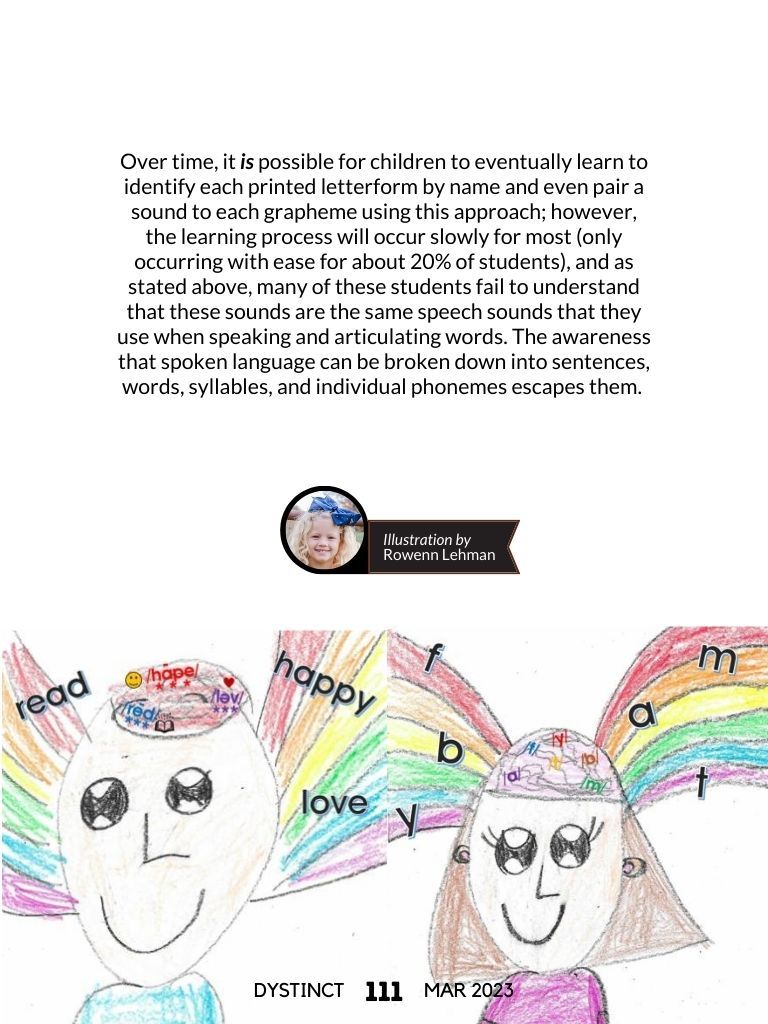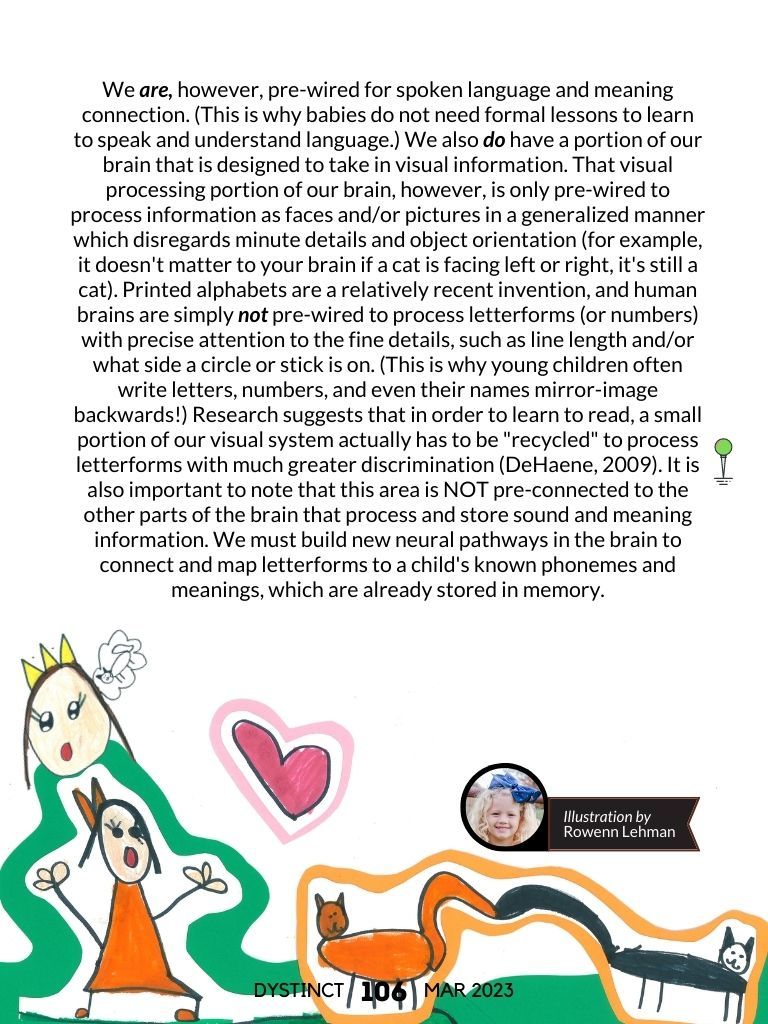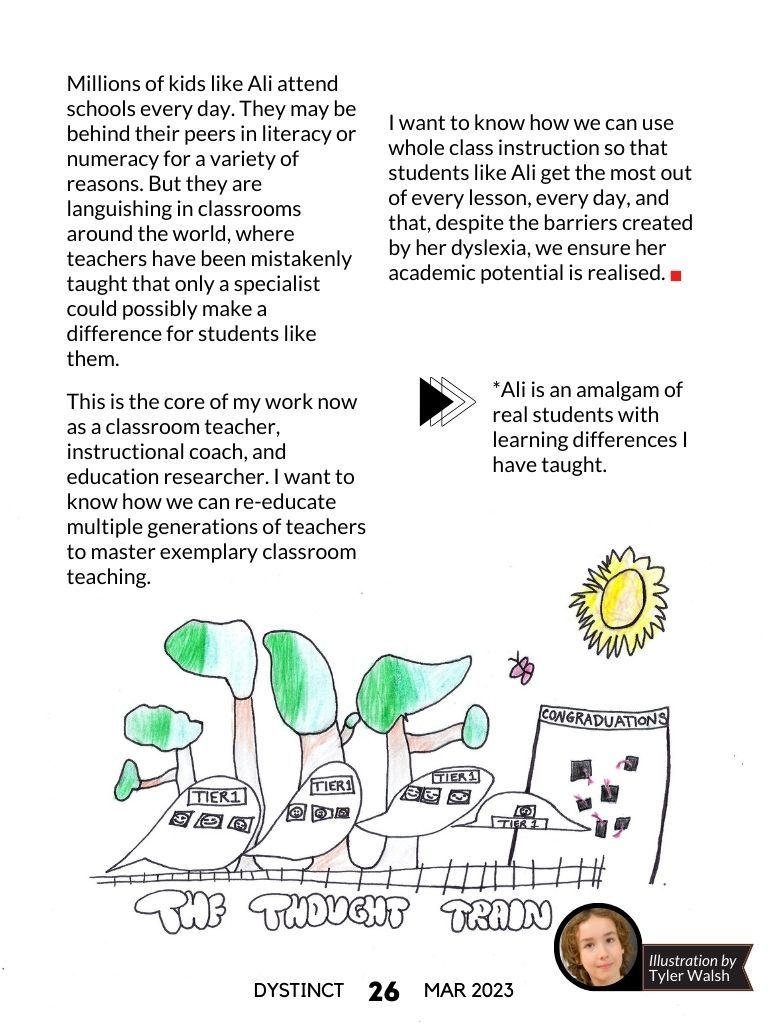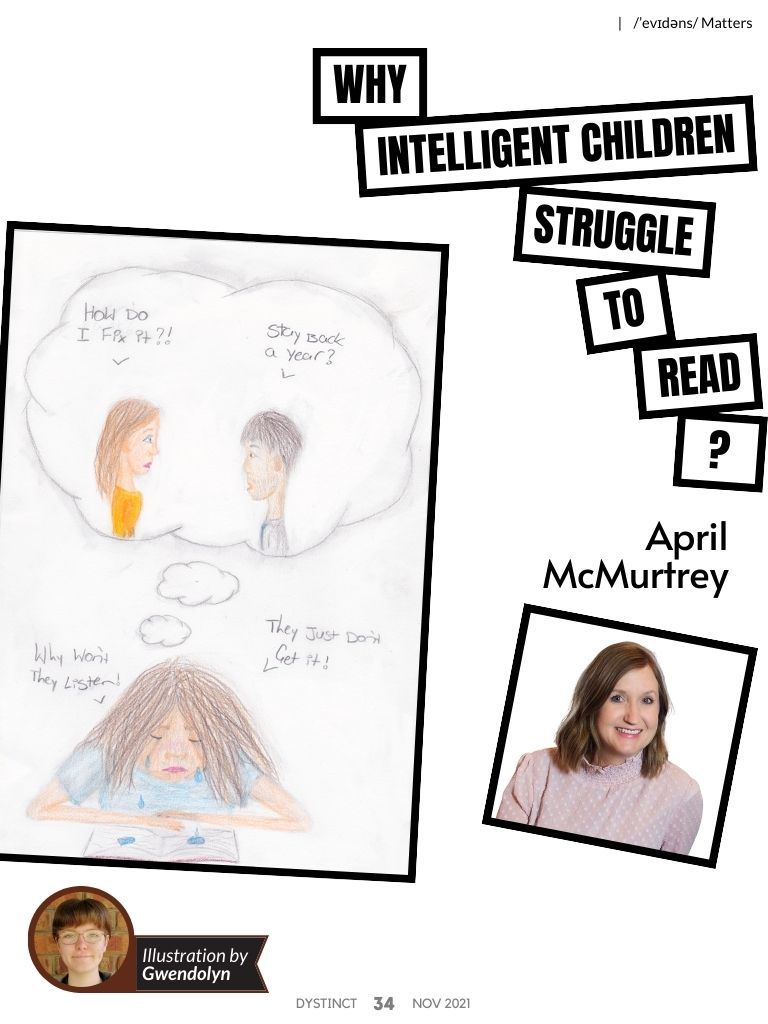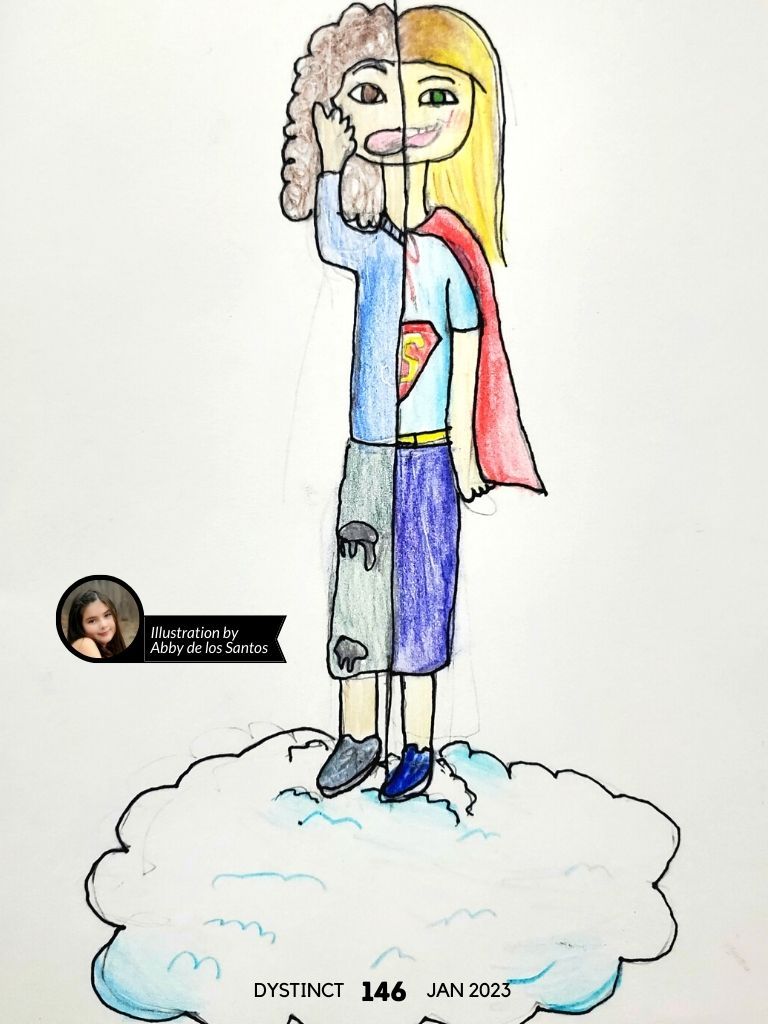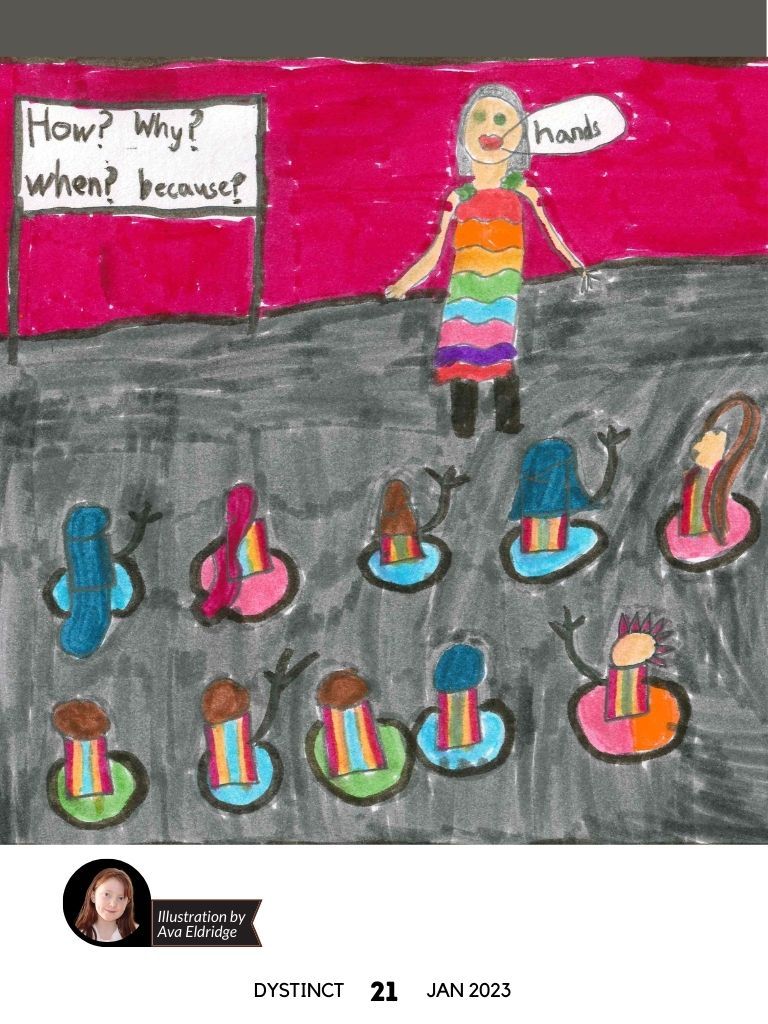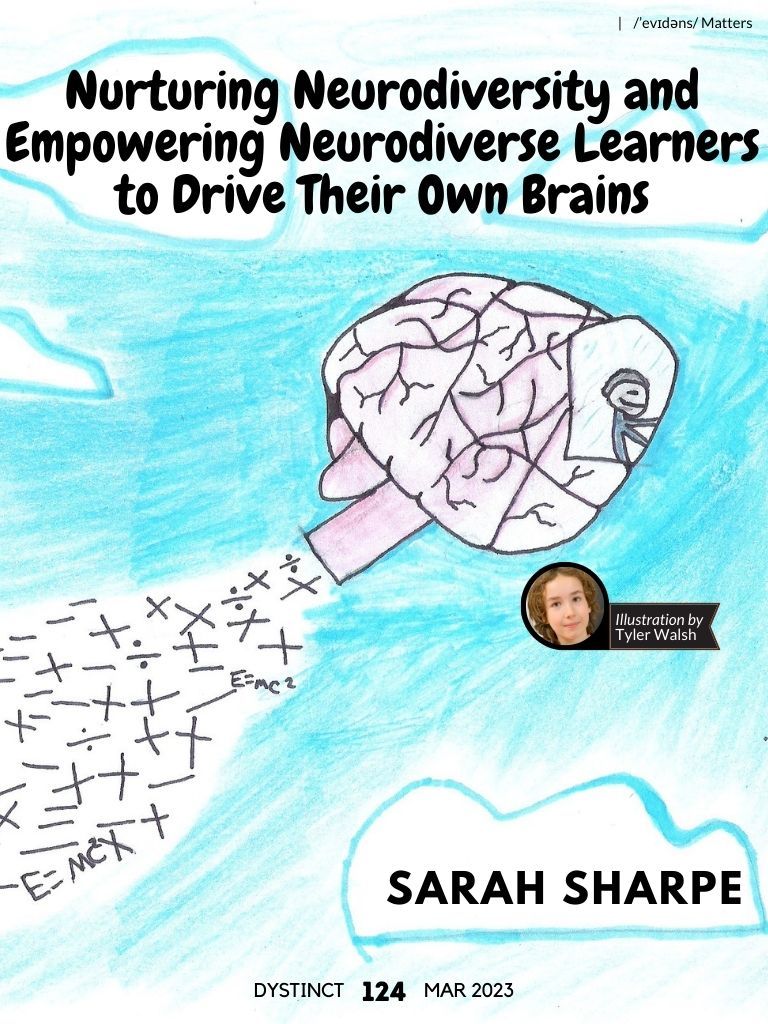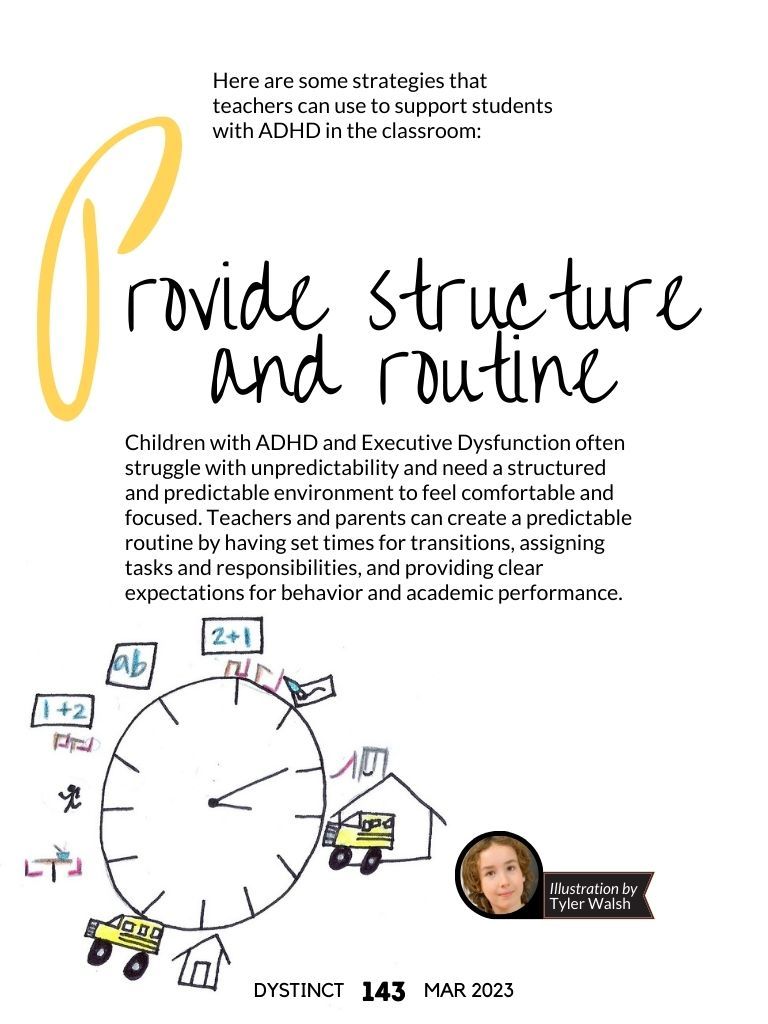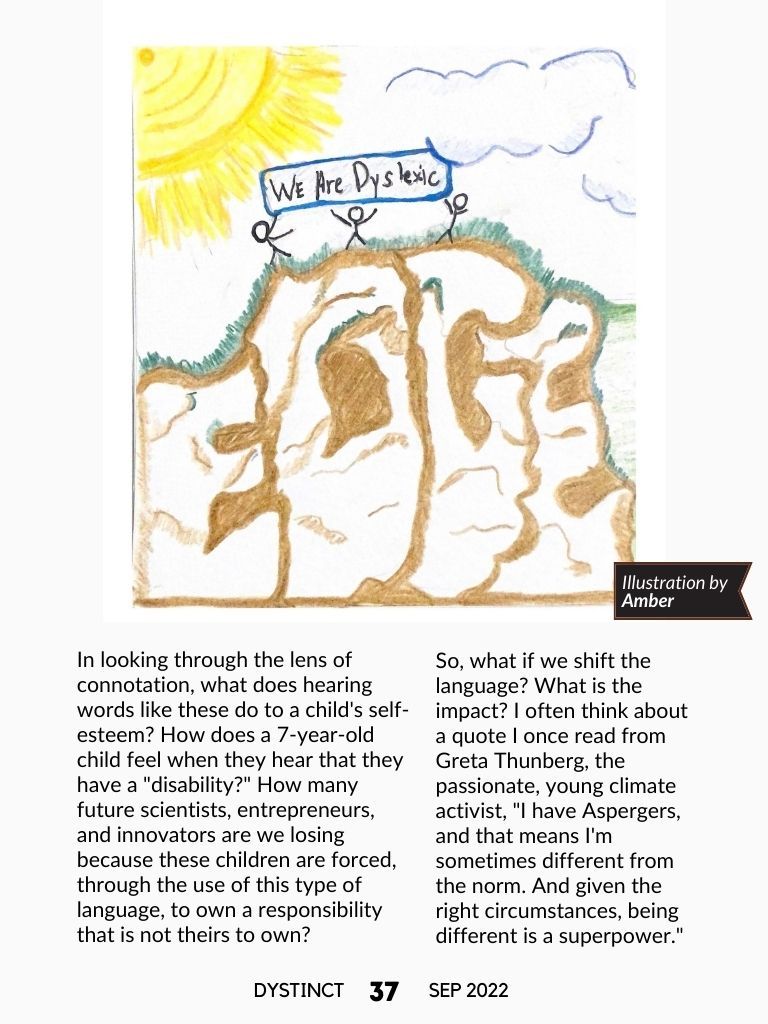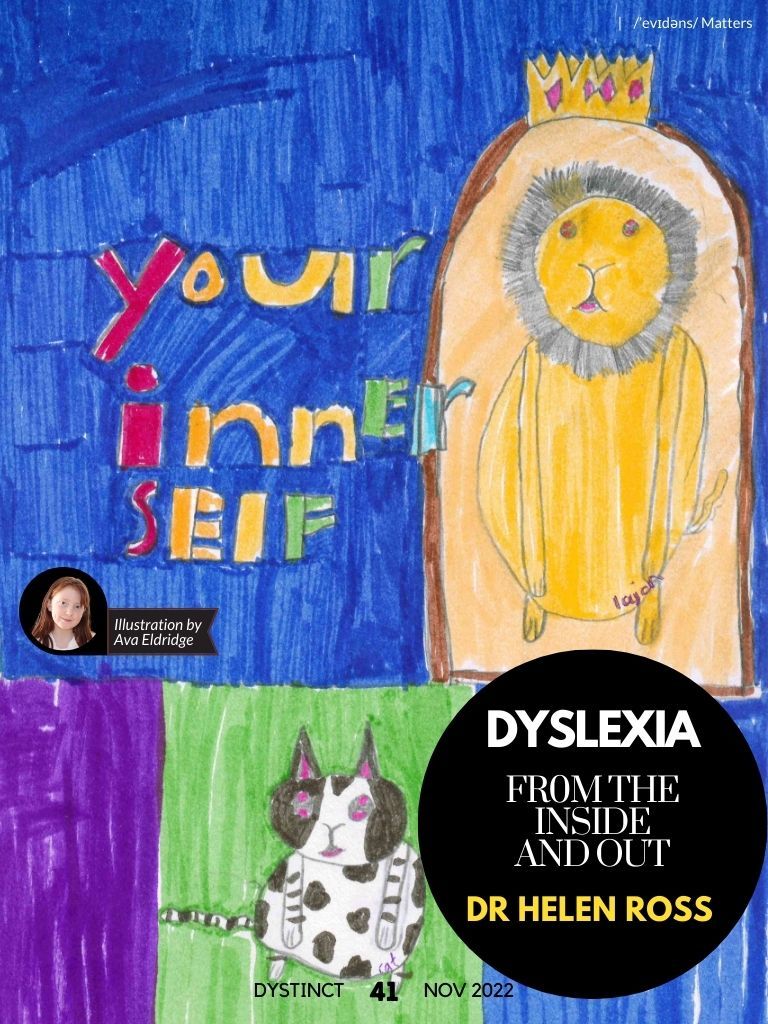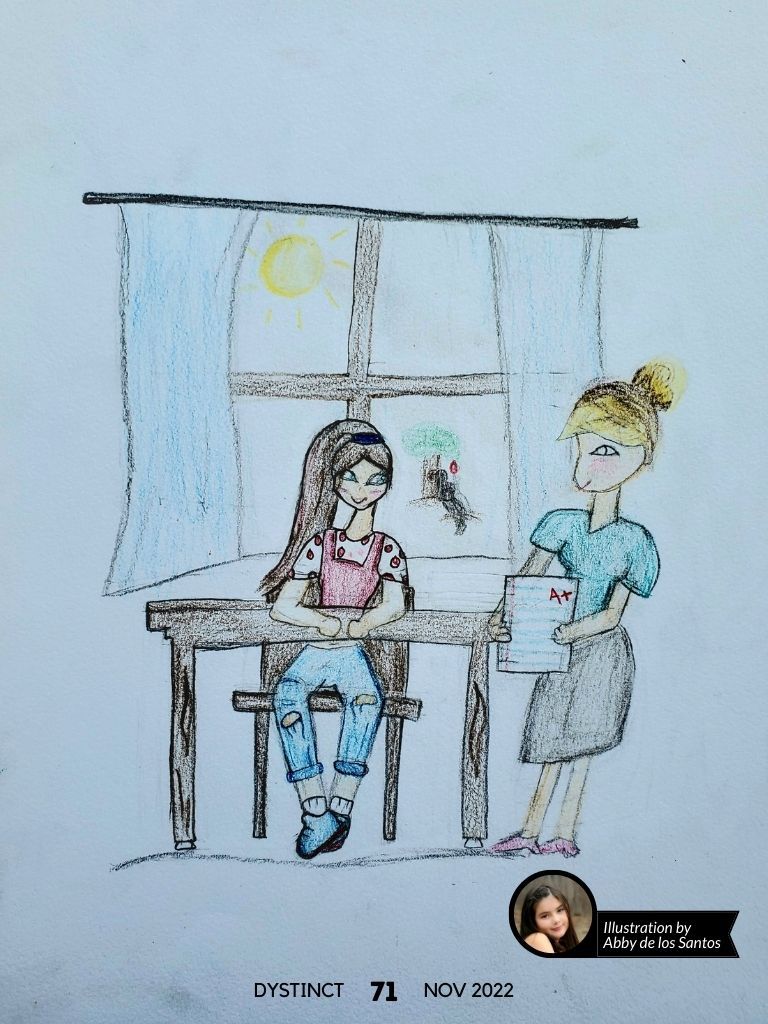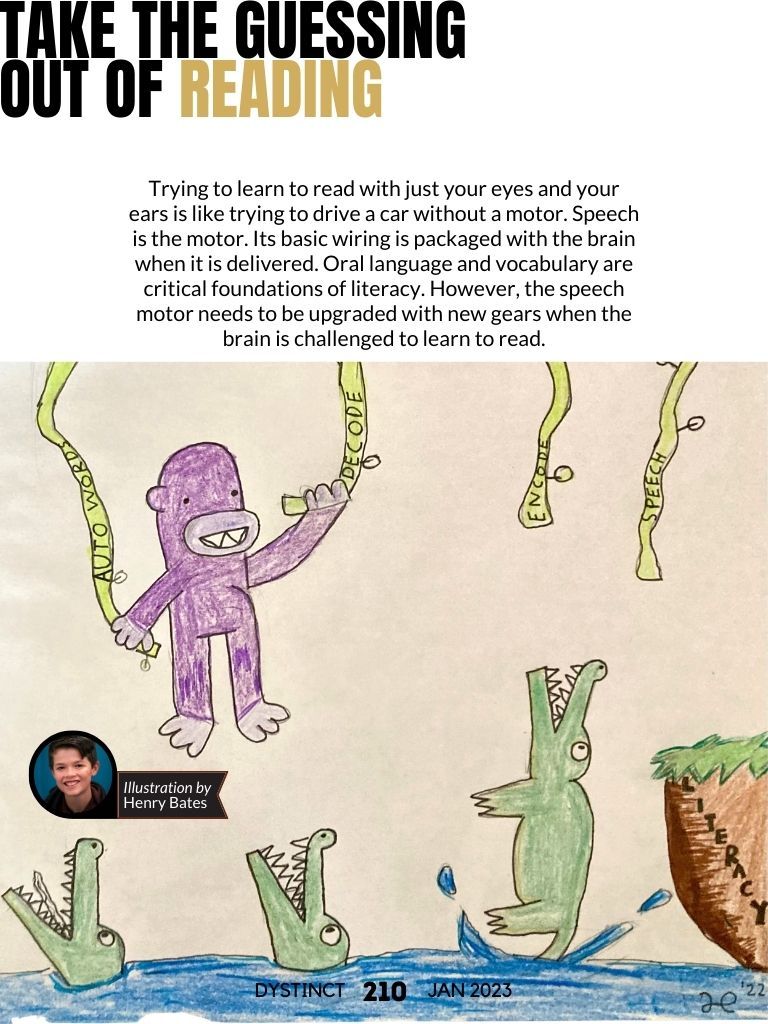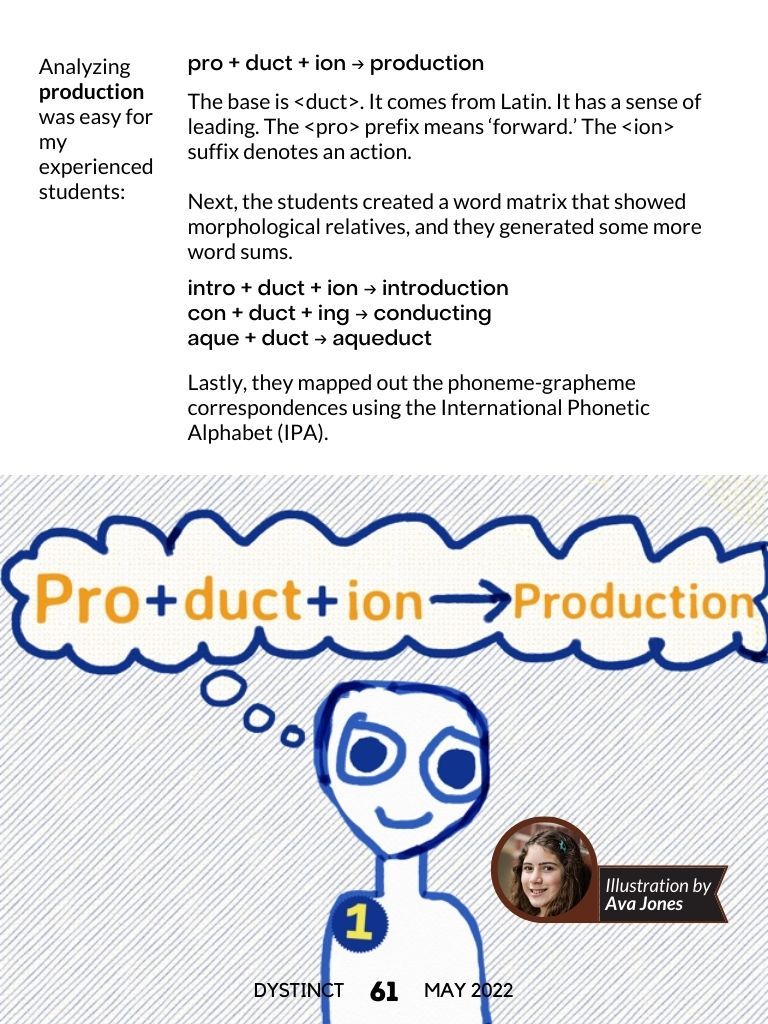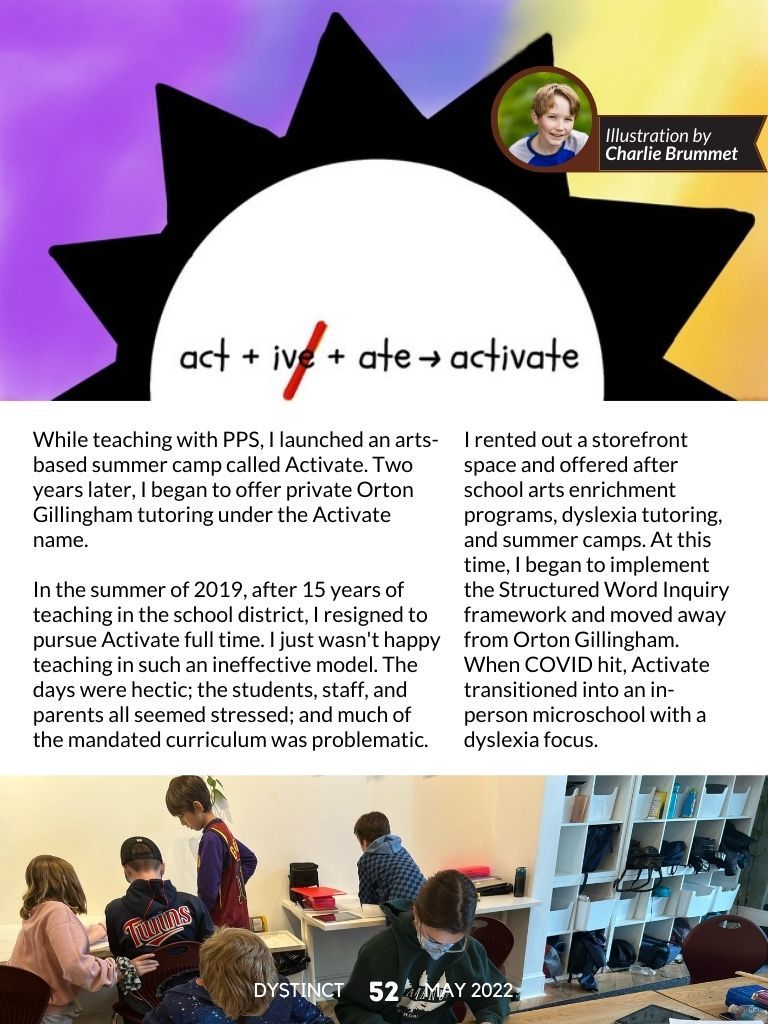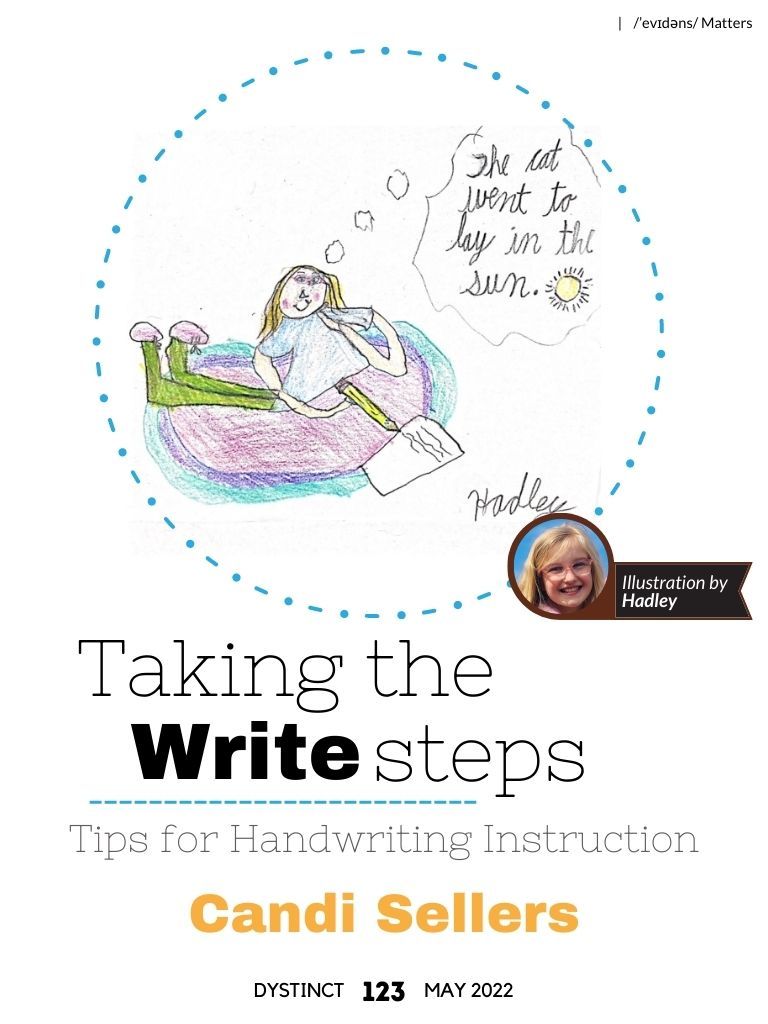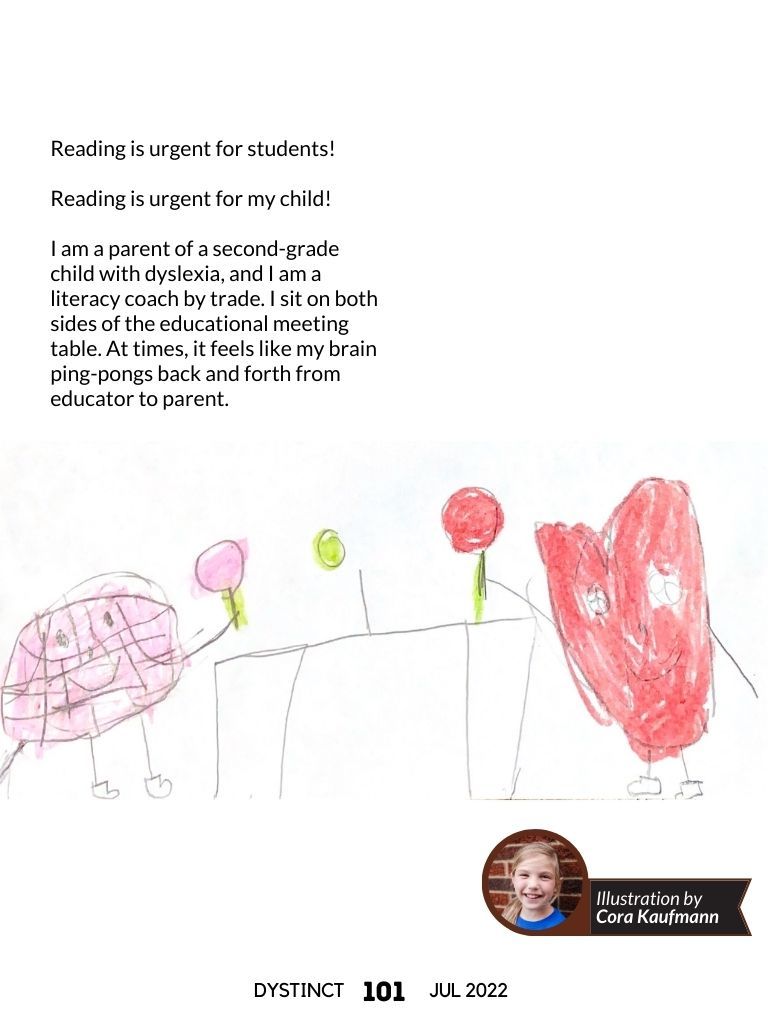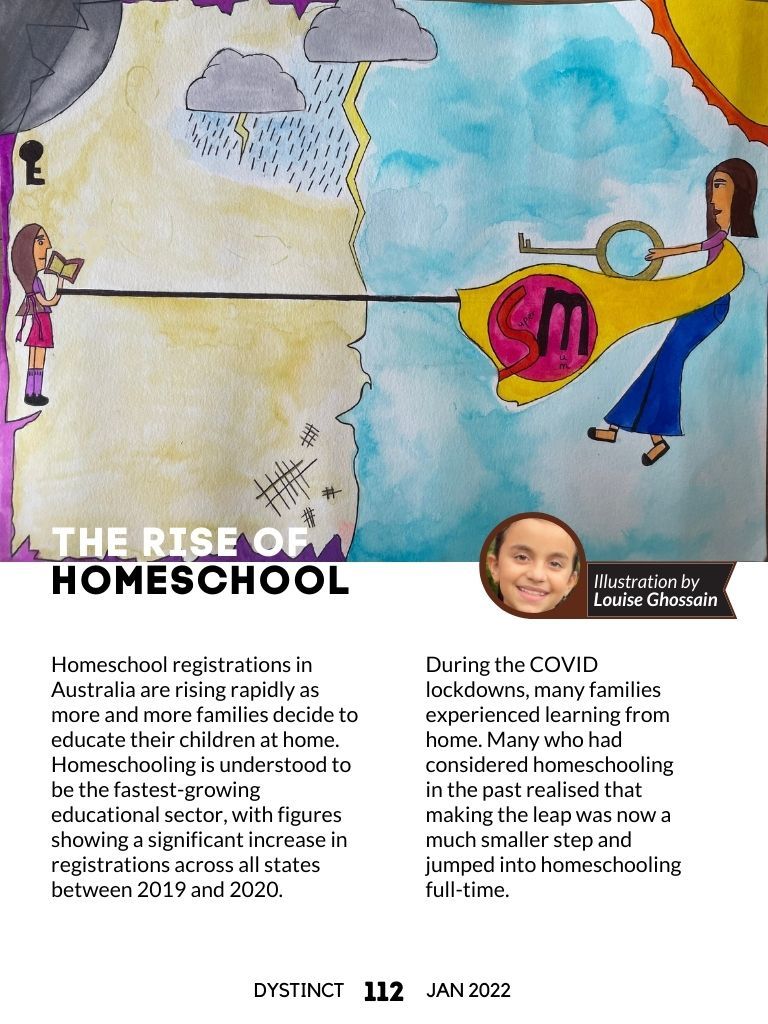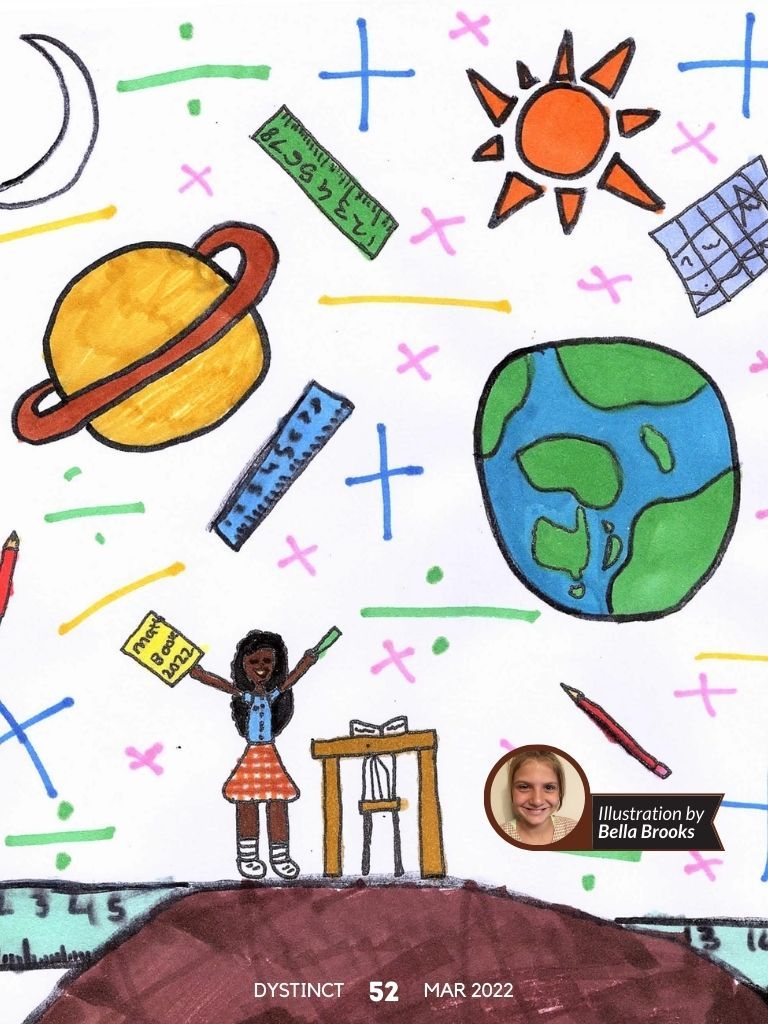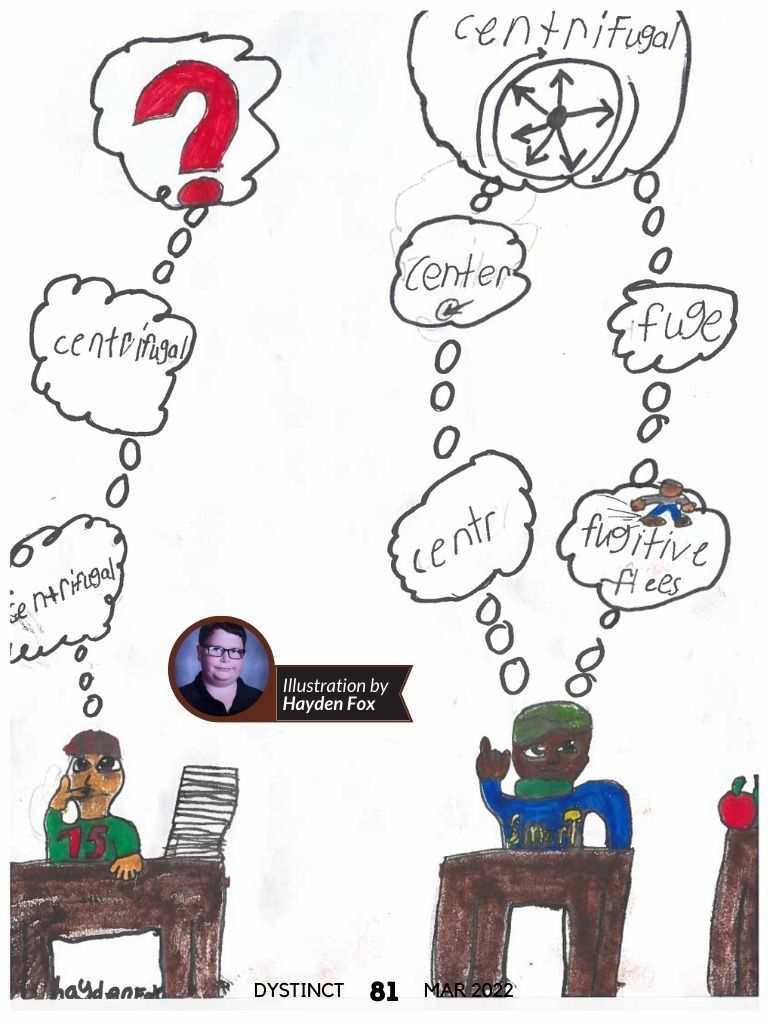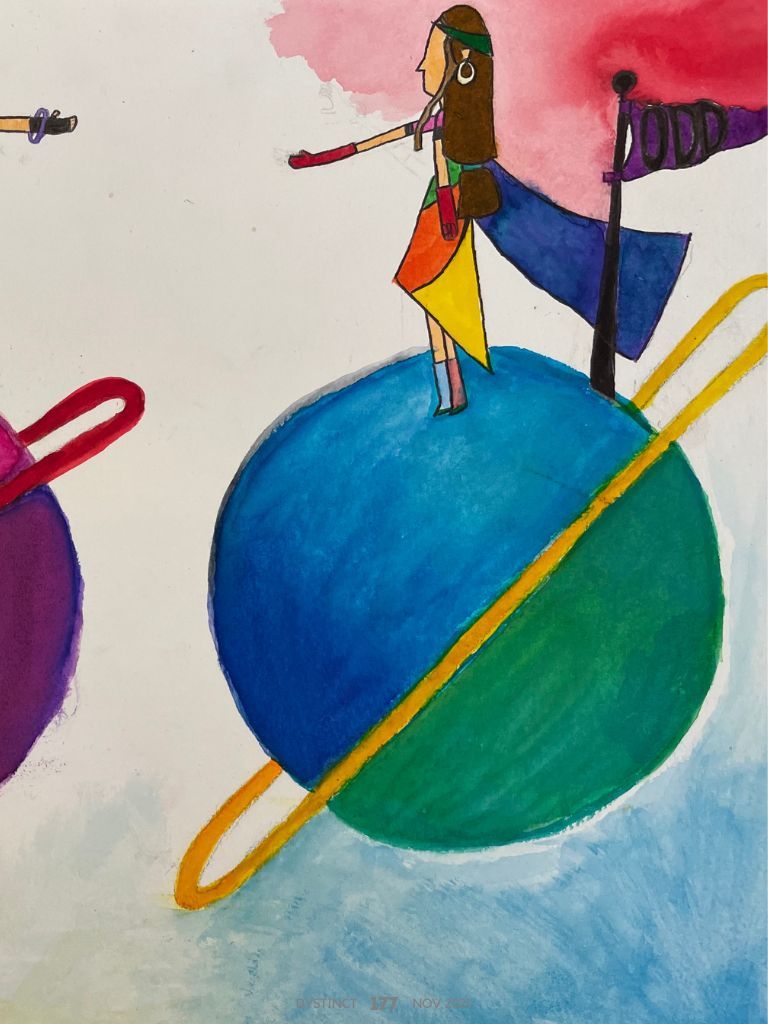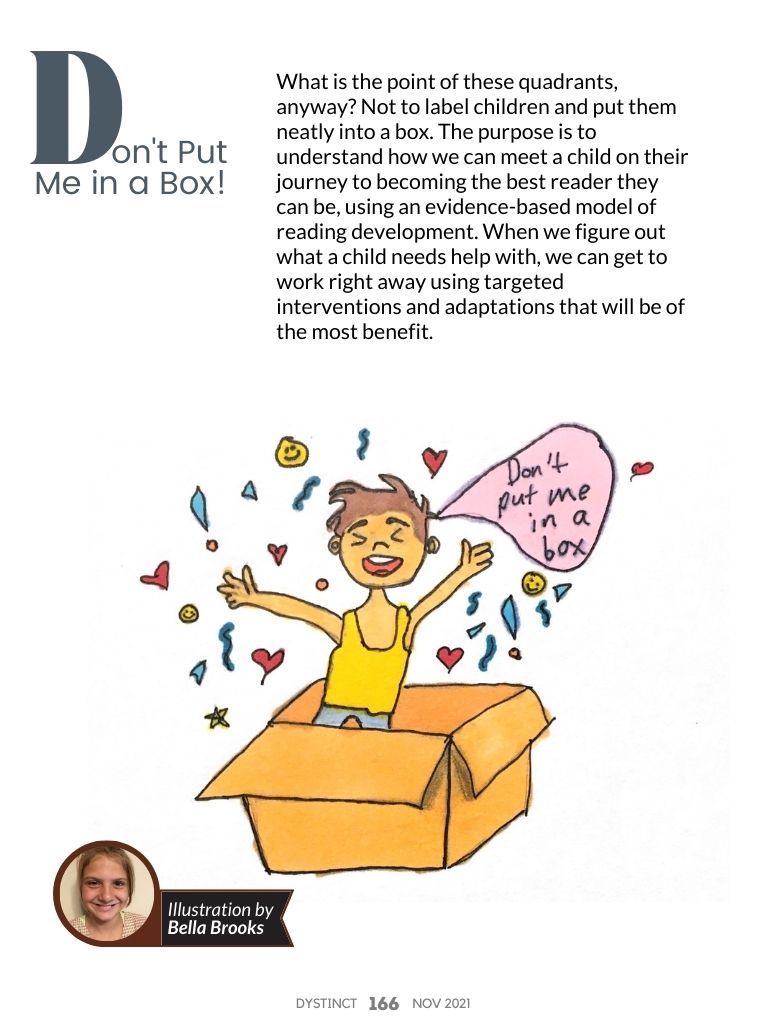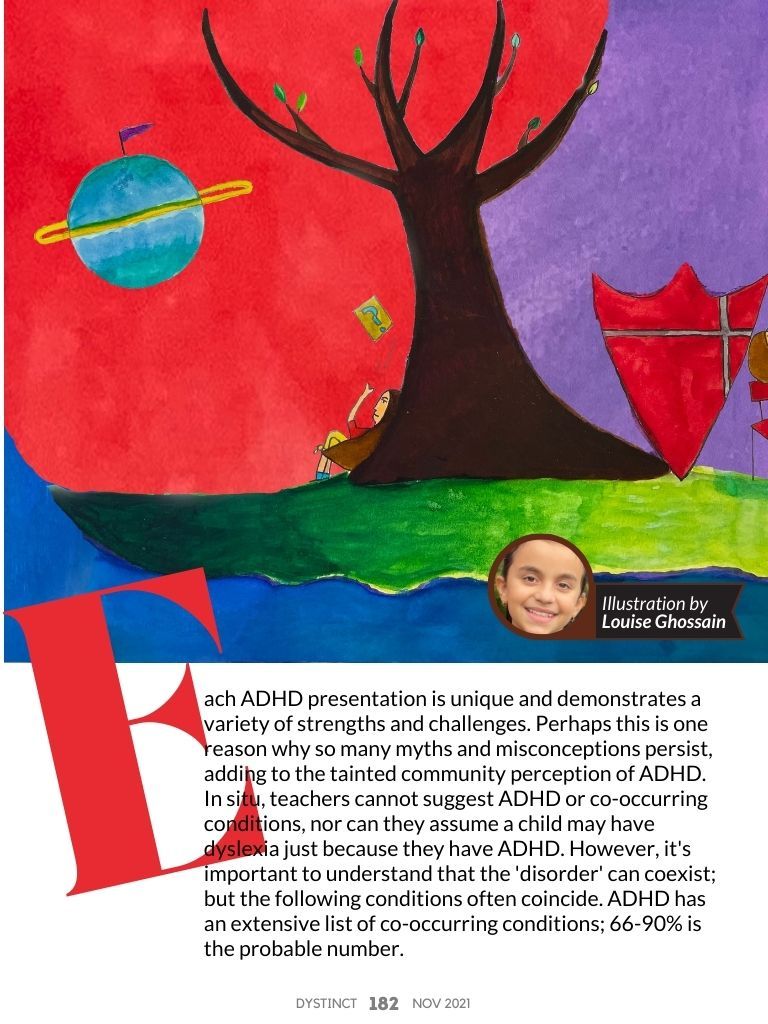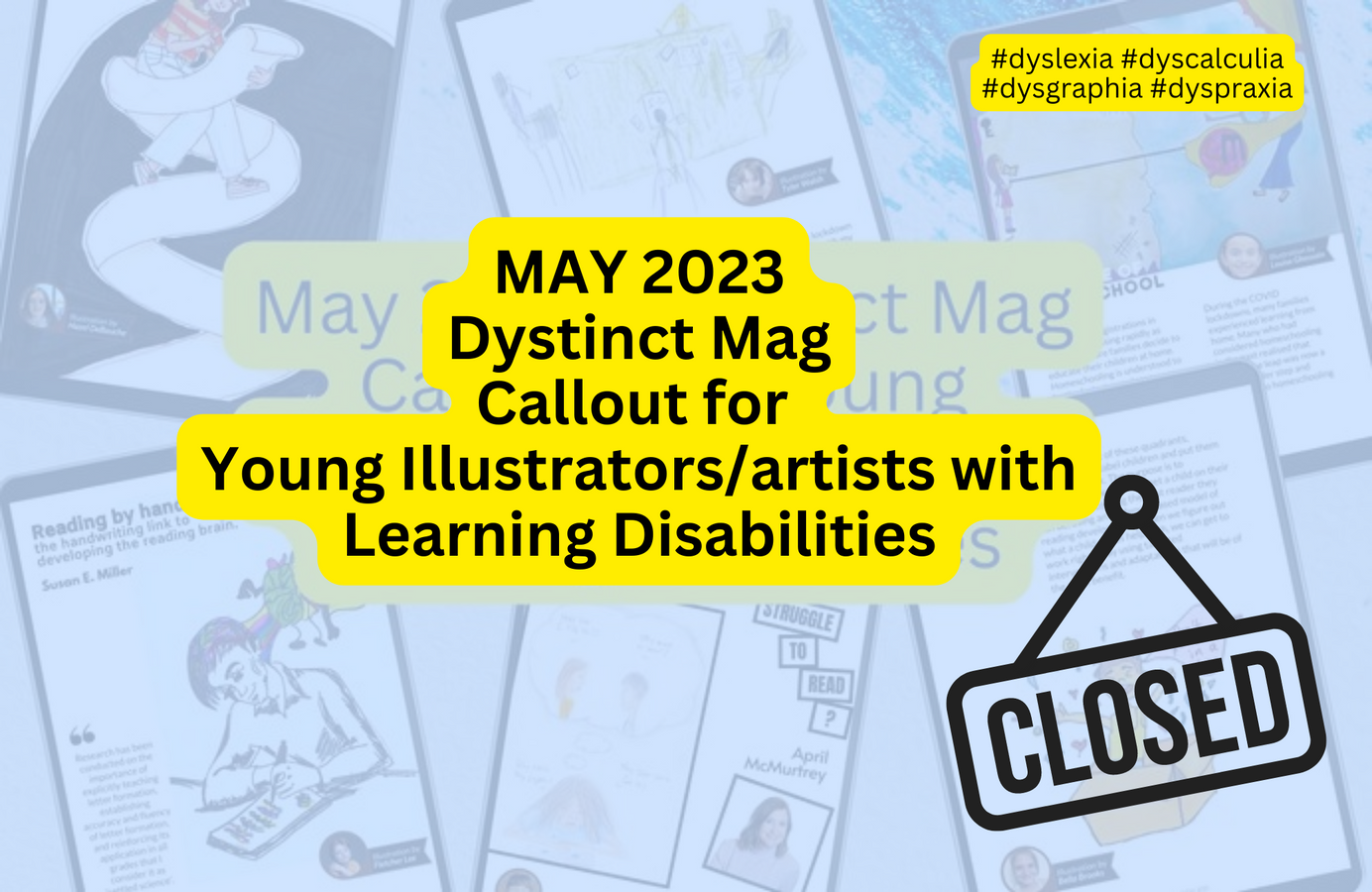
Issue 15: Illustration Callout for May 2023 Dystinct Magazine
In every magazine issue, articles written by specialists are accompanied by illustrations created by children. Check out the list of open available opportunities now and submit your child's illustrations for a chance to be featured in the Dystinct Magazine.
Callouts for children's illustrations to be featured in the upcoming May 2023 issue of the Dystinct Magazine
Instructions to submit the illustrations are at the bottom. If you have any questions, please get in touch with me at hello@dystinct.org.
SUBMISSION
-> Deadline: 2-May-2023
-> Status = CLOSED. No Longer accepting submissions.
Callout 1 - Diverse group of children playing together in a park, each engaging in activities that suit their unique needs and strengths
Callout 2 - Neurodiverse children are like square pegs in a round hole
Callout 3 - Group of children with varied strengths
Callout 4 - Parents/carers can't pour from an empty cup
Callout 5 - A pencil that has sketched two diverging paths
Callout 6 - A child reaching out to touch a baby mobile/cot mobile
Callout 7 - A sad child huddled in a corner with three hands pointing at him/her
INSTRUCTIONS
-> Instructions for creating illustrations
-> Instructions for submitting your illustrations
Examples of illustrations featured in previous issues of Dystinct Magazine
SUBMISSION
Deadline: 2-May-2023
Callout 1 - Diverse group of children playing together in a park, each engaging in activities that suit their unique needs and strengths
About the Article
- Article Topic: Creating Neurodiversity-Affirming Families: Where do we start?
- Article Context: This article highlights the importance of creating enabling environments that reduce barriers for neurodivergent children and draws on both personal and professional experiences to discuss five questions that parents and caregivers can ask themselves to make changes towards becoming neurodiversity-affirming families.
Illustration Theme
- Neurodiversity, inclusion
Illustration Guideline
- Children can feel free to create an illustration as per their creativity.
- If you require a guideline, the child can draw an illustration of a diverse group of children playing together in a park, each engaging in activities that suit their unique needs and strengths. For example, one child could be climbing a tree while another is drawing in a notebook, and another is running around with a sensory toy.
Callout 2 - Neurodiverse children are like square pegs in a round hole
About the Article
- Article Topic: Creating Neurodiversity-Affirming Families: Where do we start?
- Article Context: This article highlights the importance of creating enabling environments that reduce barriers for neurodivergent children and draws on both personal and professional experiences to discuss five questions that parents and caregivers can ask themselves to make changes towards becoming neurodiversity-affirming families.
Illustration Theme
- Neurodiverse children are like square pegs in a round hole
Illustration Guideline
- Children can feel free to create an illustration as per their creativity.
Callout 3 - Group of children with varied strengths
About the Article
- Article Topic: Creating Neurodiversity-Affirming Families: Where do we start?
- Article Context: This article highlights the importance of creating enabling environments that reduce barriers for neurodivergent children and draws on both personal and professional experiences to discuss five questions that parents and caregivers can ask themselves to make changes towards becoming neurodiversity-affirming families.
Illustration Theme
- Children have different strengths
Illustration Guideline
- Children can feel free to create an illustration as per their creativity.
- If you require a guideline, the child can draw an illustration of a group of children with varied strengths: One child could be holding a guitar, another digging in the garden, another playing a sport, another building with Lego etc., with the caption "Every child has strengths and difficulties".
Callout 4 - Parents/carers can't pour from an empty cup
About the Article
- Article Topic: Creating Neurodiversity-Affirming Families: Where do we start?
- Article Context: This article highlights the importance of creating enabling environments that reduce barriers for neurodivergent children and draws on both personal and professional experiences to discuss five questions that parents and caregivers can ask themselves to make changes towards becoming neurodiversity-affirming families.
Illustration Theme
- Parents/carers can't pour from an empty cup
Illustration Guideline
- Children can feel free to create an illustration as per their creativity.
- If you require a guideline, the child can draw an illustration of a person holding a titled cup that is labelled "parent/carer" and there are different objects (e.g. children's toys, work-related items, household chores) pouring out from the cup, representing the demands and responsibilities that parents and carers face daily.
Callout 5 - A pencil that has sketched two diverging paths
About the Article
- Article Topic: Is it Dysgraphia, or Is it Missed Learning?
- Article Context: This article discusses how a handwriting assessment can reveal why a child struggles with handwriting and how the insights gained can then be used to guide effective intervention.
Illustration Theme
- Two reasons exist for handwriting struggles: Lack of quality instruction and Dysgraphia
Illustration Guideline
- Create an illustration in portrait orientation depicting a pencil that has sketched two diverging paths. One path is labelled "Missed Learning?" and another is labelled "Dysgraphia?"
Callout 6 - A child reaching out to touch a baby mobile/cot mobile
About the Article
- Article Topic: When Good Enough is Good Enough: Dyslexia, Intervention, and the Whole Child
- Article Context: The author reflects on her personal experience of confusion and overwhelm at the beginning of her dyslexia journey with her daughter and proposes considering the whole child and seeking balance when making decisions about the remediation finish line.
Illustration Theme
- Consider the whole child and seek balance when making decisions about dyslexia remediation
Illustration Guideline
- Create an illustration of a child reaching out to touch a baby mobile/cot mobile (a baby toy that has objects hanging by threads) hanging from the ceiling.
Callout 7 - A sad child huddled in a corner with three hands pointing at him/her
About the Article
- Article Topic: Dyslexia: Creating a Safety Net at School
- Article Context: The author discusses how students with dyslexia can feel socially and emotionally unsafe at school due to their struggles with reading and writing and suggests adjustments that could make a massive difference in helping students with dyslexia feel safe at school.
Illustration Theme
- Schools must be made a safer place for dyslexic students
Illustration Guideline
- Create an illustration of a sad child huddled in a corner with three hands pointing at him/her. Each hand has the phrases "refuses," "gives up," and "doesn't participate" written on it.
INSTRUCTIONS
Instructions for creating illustrations:
- If your child can create digital drawings, that would be preferred. If not, illustrations on paper will suffice. (If your child can create a digital illustration please let me know about the software/platform that they will be using to create the file).
- Please create/draw/colour on an A4 sheet of WHITE paper.
- Scan the image and send us a clear image of the illustration without shadows. Please do not take a photograph using flash on your mobile device.
Instructions for submitting your illustrations:
Please email me your submissions to hello@dystinct.org with the following info:
- Short bio- 25-50 words
- Name of Child
- Age
- Location (City/Country)
- Diagnosis/suspected diagnosis
- 1-2 high-resolution headshots/ photos of the child
Examples of illustrations featured in previous issues of Dystinct Magazine
